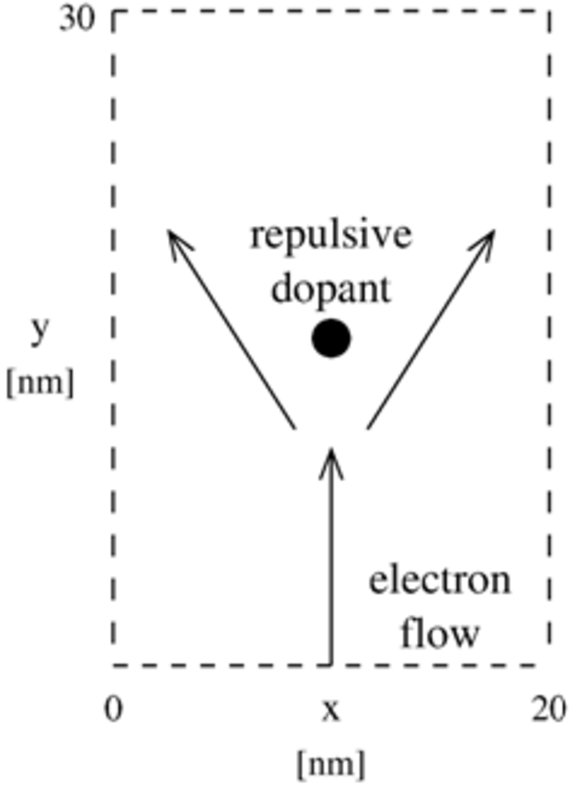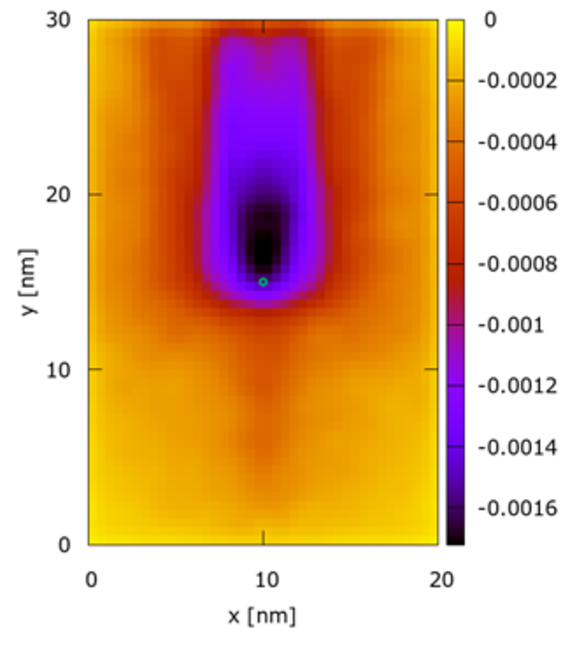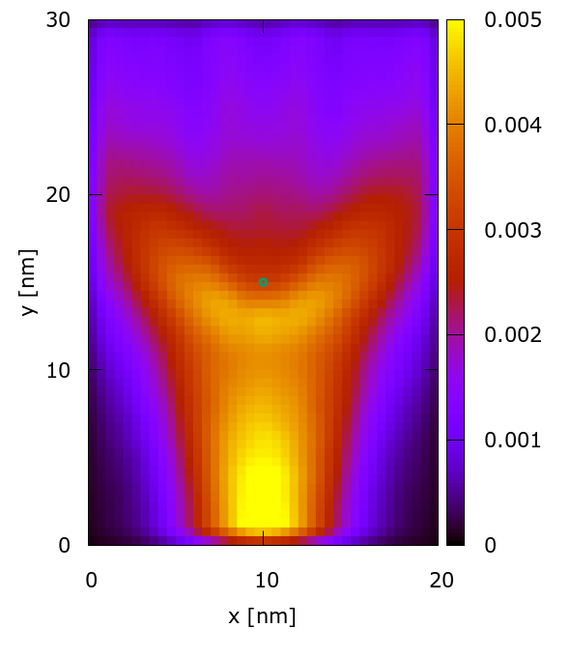 |
|
||||
BiographyJosef Weinbub is an Assistant Professor (tenure-track) of High Performance Simulation in Micro- and Nanoelectronics and an IEEE Senior Member. He obtained the doctoral degree in Computational Microelectronics and the venia docendi (habilitation) in the field of Micro- and Nanoelectronics from the TU Wien. He was a visiting researcher at the EPCC, University of Edinburgh and at the Device Modelling Group, University of Glasgow, Scotland, UK as well as at SILVACO Inc., Santa Clara, CA, USA. He founded and now chairs the master’s program Computational Science and Engineering at the TU Wien and is involved with several international scientific conferences in various management and scientific roles. He is an Associate Editor of the Journal of Computational Electronics and a Principal Investigator of various research projects funded by, e.g., the Austrian Science Fund and the Christian Doppler Research Association. Together with his team he investigates cutting-edge research problems in the area of computational micro- and nanoelectronics. |
|||||
Linking Wigner Function Negativity to Quantum Coherence in a Nanowire
Quantum entanglement allows distinct bodies that share a common origin or have interacted in the past to continue to be described by the same wave function until evolution is coherent. When two bodies interact in a quantum manner, they become entangled, which implies that they are now described by a single wave function and are no longer two distinct bodies. Even after they have ceased to interact and have moved some distance away, they remain entangled until some decoherence process acts upon them. So, there is an equivalence between coherence and entanglement. In experiments, however, one must face the fact that entanglement is difficult to measure. There is no physical variable whose eigenvalue yields the entanglement. Hence, researchers have been investigating measures of entanglement for years. Most of these, however, do not provide a clear visualization of the entanglement. But it has been demonstrated that the Wigner function does provide a clear visualization of entanglement, and it is used intensely today in optics.
Expanding upon this notion, we have investigated the relation between quantum coherence and quantum interference and the negative parts of the Wigner quasi-distribution using the Wigner signed-particle formulation. A straightforward physical problem consisting of electrons in a nanowire interacting with the potential of a repulsive dopant placed in the center of it creates a quasi-two-slit electron system that separates the wave function into two entangled branches, as indicated in Fig. 1. The analysis of the Wigner quasi-distribution establishes that its negative part, Fig. 2, is principally concentrated in the region behind the dopant between the two entangled branches, maintaining the coherence between them. Moreover, quantum interference is shown in this region both in the negative and in the positive part, as seen in Fig. 3. Overall, our work shows that a Wigner signed-particle approach enables one to analyze coherence and entanglement in nanoelectronics devices as it allows one to directly reconstruct the Wigner quasi-distribution.

Fig. 1: Experimental setup.

Fig. 2: Spatial distribution of the negative part of the Wigner distribution.

Fig. 3: Spatial distribution of the positive part of the Wigner distribution.


